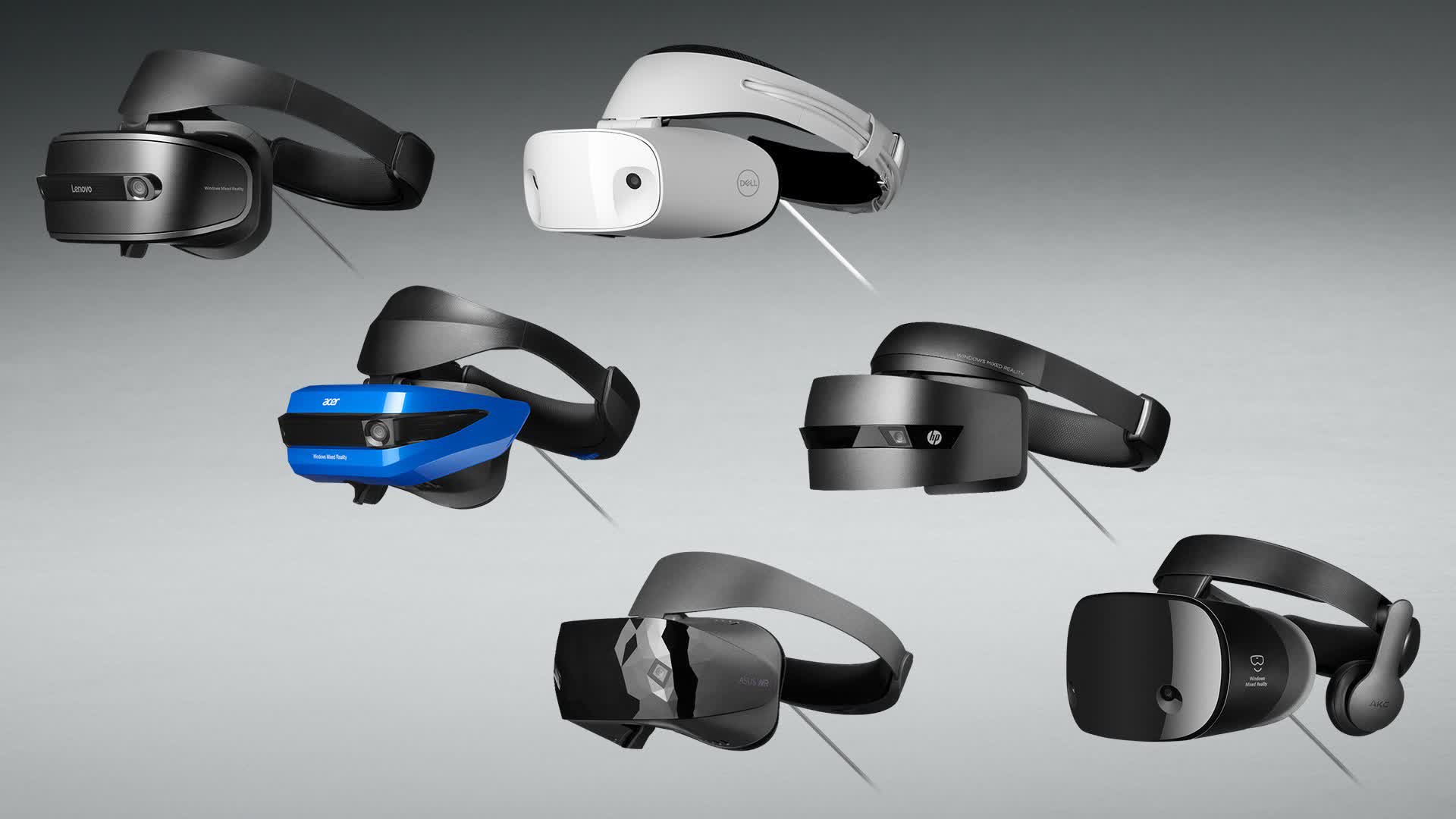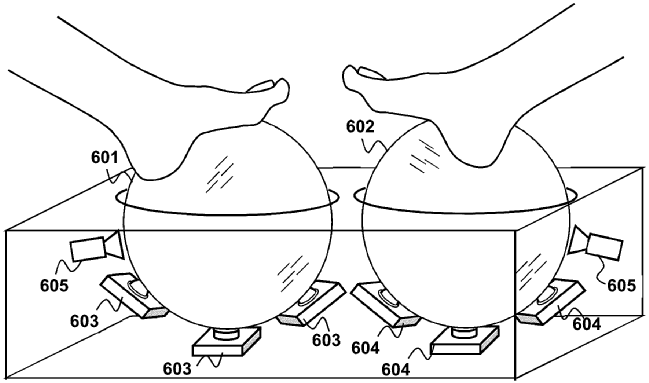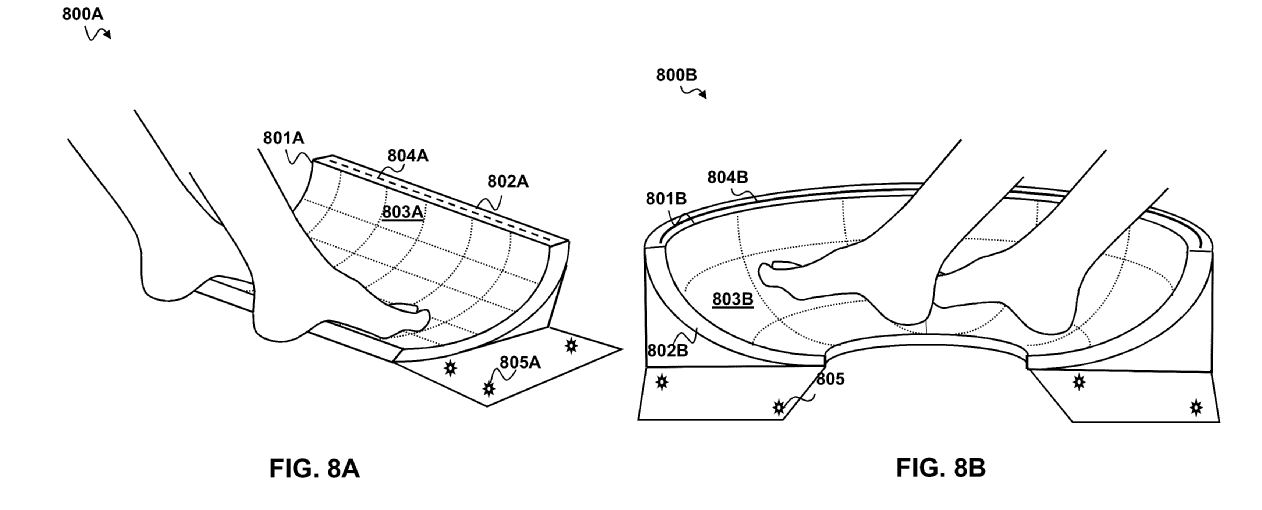The big picture: Despite ongoing efforts by Meta, Valve, Apple, Sony, and Samsung, virtual reality and mixed reality have struggled to achieve mainstream acceptance. Now, Microsoft has given up on the technology. Anyone considering using Windows Mixed Reality should download the required software now while it remains available.

Windows Mixed Reality recently entered Microsoft's list of deprecated features. The company has confirmed that it will no longer update the Mixed Reality Portal app or its SteamVR compatibility driver.
A Microsoft representative told UploadVR that consumers can no longer download the Mixed Reality Windows Store and Steam VR apps from November 1, 2026. They will remain available for commercial users for another year afterward.
Those who are already using the software won't be affected when the company delists it. However, they won't be able to set up new Windows Mixed Reality systems or continue using the necessary apps after upgrading to future versions of Windows.

Earlier reports indicate that Microsoft could release Windows 12 before the end of next year, with AI as a central focus. However, the company may still be deciding whether to call the 2024 update Windows 12, as Windows 11 has yet to surpass the popularity of Windows 10.
Deprecating Windows Mixed Reality brings the fates of numerous headset models into doubt. The Dell Visor, Lenovo Explorer, HP VR1000, HP Reverb headsets, Acer AH101, Acer OJO 500, Asus HC102, and both Samsung Odyssey models require Microsoft's software stack. In 2026 and 2027, all those models could become e-waste unless their manufacturers or third parties find workarounds.

Meanwhile, Sony is forging ahead with PlayStation VR 2. The company's latest patent looks ambitious and might never see the light of day, but its existence proves that Sony is considering new input methods to make VR and mixed reality more immersive.
The patent explores two possible methods to simulate movement with foot-based controls that require less space than room-scale VR interfaces. One involves a pair of foot-operated spheres similar to trackballs. The other is a circular touchpad that users would operate with their feet. Interestingly, the latter can sense a foot's proximity to determine the force of an input, giving users finer control over movement speed.
Emulating locomotion has been one of VR's most enduring challenges. Omnidirectional treadmills have been a fixture in the VR space for years, and one company proposed a pair of robotic boots.